Archive for ‘Psychological’ Category
Paper Doll Shares 8 Virtual Co-Working Sites to Amp Up Your Productivity
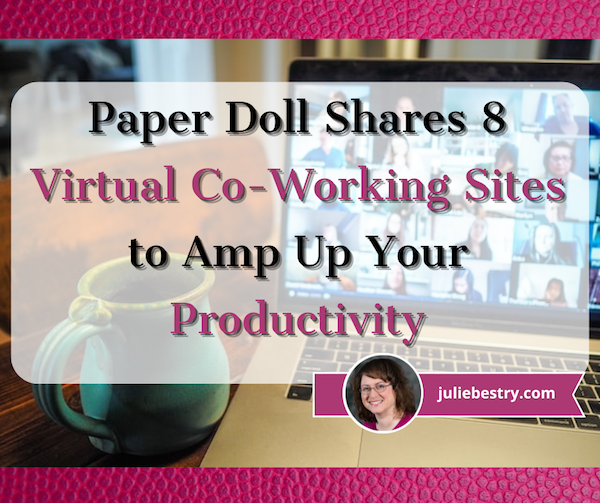
Last week, in Paper Doll Sees Double: Body Doubling for Productivity, we looked at the concept of body doubling and the mechanisms by which it helps us with productivity and accountability through social pressure, task orientation, biological cues, and extended focus.
My wise colleague Diane Quintana, CPO®, CPO-CD, who has expertise using body doubling with her clients with ADHD, added “…body doubling is a calming strategy. I find that when my clients are anxious or stressed over a particular task, using this strategy – quietly working alongside them – is a calming influence. They get more done in less time and with less stress.”
In that post, I walked through my experiences with body doubling one-on-one with clients, and virtually, in a group setting in co-writing sessions and at a writing retreat. I also laid out how to identify the ideal body-doubling method for your needs and the attributes to consider in seeking out a platform.
Whether you call it social focus, group body doubling, or co-working, if you haven’t been able to find the right mix of support and aren’t eager to create your own, you might want to consider one of the platforms profiled in this post.
FREE CO-WORKING WITH PREMIUM UPGRADES
Groove
Groove bills itself as a free accountability club and is targeted toward solopreneurs. It’s not a networking or venture capital matchmaking site, but it does seem to lean into convivial support and the possibility of making connections.
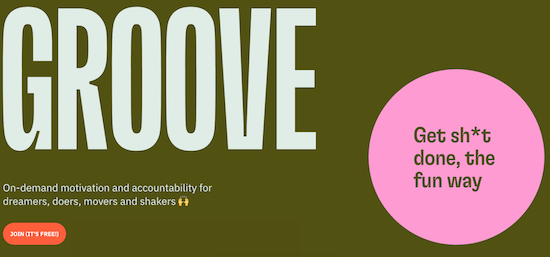
To start, and “to ensure the trust and safety” of their community, you fill out an online form with basic information: name, email, why you want to try Groove, a project you might like to conquer, and how you found out about Groove.
Next, download the Groove app for your mobile device. From the home screen, start a “groove” session, where you will be joined by one-to-three other participants. The app prompts each person through a one-minute video check-in to share goals for the forthcoming groove.
Next, microphones are muted and cameras are turned off, and you’re presented with a screen to enter your goal and break it into distinct tasks. As you work, you check off the tasks, and your fellow Groovers (Groovies?) can cheer your accomplishments via the in-app text chat.
After 50 minutes (the length of two Pomodoros without a break in between), cameras and microphones are turned back on, and there’s another video check-in to debrief.
Each Groove is exactly 60 minutes, including the worktime and the bookending check-ins. After completing one Groove, you can go right into another or just move on with your day. Groove says it helps users “ditch distraction, find focus, and celebrate small wins through social connection and peer support.”
If Groove assigns someone to your session with whom you’ve grooved before, the app adds a little caption to let you know the folks you’ve previously met (so you can say “Nice to see you again” instead of “Nice to meet you,” preventing social embarrassment for those who don’t really remember names or faces).
Groove operates 24/7 around the world, but notes that you’re most likely to encounter fellow Groovers during regular business hours in the US (and, one assumes, Canada).
In addition to ad hoc sessions with whomever is using the platform, you can also start a private Groove with specific individuals or schedule a Groove for later in the week. The latter is restricted to those who have grooved at least five times previously. Instructions are in the site’s FAQ.
If you’re a solopreneur and are looking for body doubling at no cost, this is a chipper and free option.
I see some potential disadvantages, however. The app is phone based; while some people (read: Millennials and Gen Z) might be comfortable using a phone for this kind of video chat experience and typing goals and tasks into a phone, others may be frustrated.
My vanity has taught me how to set up the light and achieve the best angle when I’m on a video call. Even if talking with strangers, I don’t want to be shot from below and my middle-aged arms can’t comfortably hold a camera up for that long. Also, I can barely type on my phone, so I dictate. I vastly prefer to use a full-sized (with numerical keypad) keyboard with my two desktop iMacs.
Of course, if the overall approach appeals to you, there are a few solutions. I found this inexpensive aluminum phone stand in a variety of colors, including a purple one that matches my iMac.
Paper Doll Sees Double: Body Doubling for Productivity
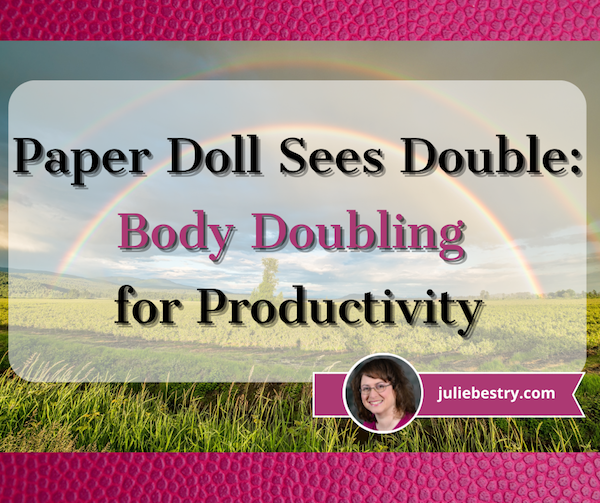
Knowing what you have to do and doing it aren’t the same things. If you were raised in the 1980s or 1990s, you learned you were supposed to eat according to the food pyramid. Nowadays, there’s the updated MyPlate approach to healthy eating, to make sure everyone gets the right proportions of fruits and vegetables, grains, protein, and dairy each day.
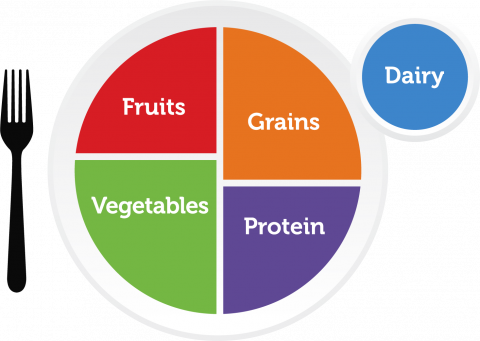
But knowing how you should eat doesn’t mean that you’ve never contemplated chowing down on break room doughnuts for breakfast. And it’s not just fictional characters like Olivia Pope who’ve had wine and popcorn for dinner.
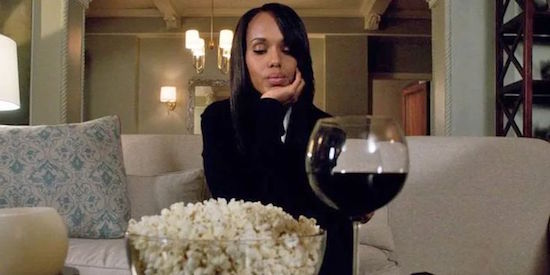
And while sometimes family, friends, and colleagues can lead us astray from nutritional goals, it’s been proven that hanging out with people whose health goals are similar to yours can help keep you on the straight and narrow.
Simply put, when you’re with people who model good behavior, you’re more likely to participate in that good behavior. So, what does this have to do with organizing or productivity?
BODY DOUBLING AND ACCOUNTABILITY
Two years ago, I wrote Count on Accountability: 5 Productivity Support Solutions, one of the most popular posts I’ve had in the 15+ years I’ve been writing the Paper Doll blog. The concept of getting accountability support to conquer procrastination and achieve more productivity really resonated.
Perhaps you only know about body doubles in movies or on TV. That kind of body double often appears when the featured character is doing something the actor can’t do, like a backflip or fancy dance move. Subsets of body doubles are stunt doubles, or in the case of some films with a bit of nudity, “butt doubles.” However, when we’re talking about productivity, the “butt” is not about someone else’s; it’s about getting your own derriere into the chair to attack avoided tasks.
In that post two years ago, I explained the body doubling technique developed in the ADHD community. In support groups, participants found that when another person was present, participating in quiet tasks with a similar (non-distracting) energy, it helped the individual maintain focus and motivation. We professional organizers often work as body doubles with clients (both those with ADHD and those without) because it successfully creates an environment for focused work.
Any of us on our own (but particularly clients with ADHD) might (intentionally or unintentionally) delay working on a task or get distracted. Realized or unrealized anxiety about a task — fear of failure, for example — can prevent someone from starting, but you have to start in order to have anything you can improve upon. (See: “You can’t edit a blank page.”)
When a project is hanging over your head, you might find ways to delay or distract yourself, but when someone is there, investing their time in you (and you’re investing your time and money to achieve your goals), body doubling helps you push past the anxiety and be more productive.
As a professional organizer, when I’m body doubling with a client, we may be working side-by-side or across from one another. I may pre-sort piles of papers into categories (bills to pay, documents to review, items to file) while the client is working through one category at a time to complete distinct tasks. Students quietly studying for an exam in the library or doing homework in study hall are similarly using the body doubling method to achieve focus and productivity.
Scientific research on the benefits of body doubling are scant, but I can think of at least six (interlocking) ways in which body doubling advances an individual’s ability to stick with a task:
- Accountability — By definition, accountability is “the obligation or willingness to accept responsibility for one’s actions.” You may feel like introducing a second party to get your own work done is cheating, but it’s not.
Really, accepting responsibility means marshaling all of your resources to attack a problem and achieve the stated outcome. If a body double, accountability partner, mastermind or study group, workout partners, or anyone else can help you achieve your goals by their mere presence in your life, availing yourself is no different from having a state-of-the-art computer, a current eyeglass prescription, or properly-fitting running shoes. A body double is just a quiet, human-shaped resource for maintaining accountability.

Studying in Library Photo by Robert Bye on Unsplash
- Social pressure — If someone present with you expects you to get something done, you’re probably going to stick with it and do it. Of course, we’re not all equally responsive to the presence and expectations of others.
Gretchen Rubin’s work on her Four Tendencies framework (how we respond to inner and outer expectations) is a great place to start for understanding the role of social pressure in getting things accomplished.
Some people are Upholders, disciplined at meeting both their own expectations and those of others. Me? I’m an Obliger. I’ve got superior discipline when someone is waiting for me to do something. I am always on time to meetings or appointments, and I deliver what is expected of me by deadlines. However, I’m iffy at goals that only satisfy my own preferences.
Rebels can’t be forced or convinced, but the beauty is that a body double isn’t a boss or a manager telling you what to do. The body double is just mirroring what you’re doing. There’s nothing to rebel against; the body double is just along for the ride. Meanwhile, Questioners can’t be convinced by expectations, only their own pathway to finding meaning in the task. As with Rebels, the body double’s role is as travel companion.
The key is that for those who struggle with getting started or sticking with a task, a partner or several can improve the likelihood of reaching goals.
- Project or task orientation cues — On their own, many people have difficulty maintaining focus on the project at hand. This can be the result of any of a variety of executive function disorders or just a byproduct of living in the 21st century.
For every work-related search you do on Google, you’ll encounter numerous links — both on the search page and then in the sidebars, body, and bottom of the articles you’re reading — specifically designed to take you somewhere else on the web.
On our own, we go down rabbit holes and can’t find our way back to the original link or get trapped in dozens of open browser tabs. Body doubling means that just on the periphery of our consciousness, we’re aware that someone else is present, and that keeps us tethered to our work. We may go astray, but our body double’s presence can bring us (and our focus) back to the here and now.
- Biological cues — The experience of participating in body doubling and mirroring the body double’s behavior can help activate some nifty neurotransmitters. Literally, doing the task cues the bodily systems to kick start, making it easier to hunker down and do the work.
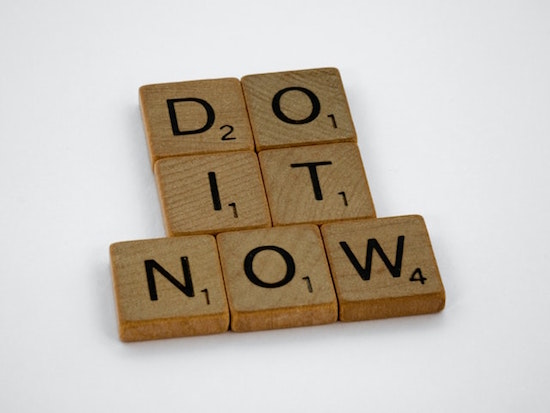
Do It Now Scrabble Tiles by Brett Jordan on Unsplash
- Task execution — “Well begun is half done.” (Aristotle) “You don’t have to be good to start … you just have to start to be good!” (Joe Sabah) “Only put off until tomorrow what you are willing to die having left undone.” (Pablo Picasso)
Such quotes are all well and good, but if you’re using procrastination to soothe your present discomfort, you already know you’re going to feel worse as the deadline approaches. To borrow from what I wrote in my original post on accountability:
Canadian psychology professor and all-around expert on procrastination, Timothy Pychyl, author of Solving the Procrastination Puzzle: A Concise Guide to Strategies for Change, explains that procrastination isn’t just delay. He explains that procrastination is “a voluntary delay of an intended act,” one where the person procrastinating is cognizant that the delay is going to have a cost, whether that cost is financial, interpersonal, professional, legal, or otherwise.
When we procrastinate, we know that there’s no upside; we aren’t merely weighing a logical choice between two options of equal value. It’s less, “geez, how can I decide on whether to go on this romantic anniversary date with my spouse or prepare for my presentation this week?” and more, “Eek, I’m feeling icky about doing this thing for some reason and I’ll latch on to any random thing, like bingeing a sit-com I’ve seen in its entirety three times!”
Experts like Pychyl have found that at its base, procrastination is “an emotion regulation strategy” – a way to cope with a particular emotion while failing to self-regulate and perform a task we know we need to do. We convince ourselves we’d rather feel good now, thereby causing more trouble for our future selves.
Getting started on those tasks is hard. But the minute you have another person there with you, you’ve got a (silent) partner whose presence makes getting procrastinating less possible and doing the (appropriate) activity a smidgen easier.
- Extended focus — It’s common to have trouble sticking with tasks that are boring, repetitive (and thus boring) or lengthy (again, yawn). The presence of others who match your energy and behavior type (reading, writing, doing math homework, sorting, etc.) sprinkles a little extra fairy dust to keep focus a bit longer.
If you were doing a series of Pomodoros (25 minutes of work, 5 minute breaks) on your own, you might give up after one or two. Someone else doing the same or similar tasks in your nearby environment is kind of like keeping pace with another random jogger or bicyclist on your route. If you were on your own, you might give up, but just a little bit of what I think of “competitive companionship” may be all you need to keep going.
To learn more about body doubling, consider:
Could a Body Double Help You Increase Your Productivity? (CHADD)
‘Body doubling,’ An ADHD Productivity Tool, Is Flourishing Online (Washington Post)
Use Body Doubling to Increase Your Productivity (Life Hacker)
How Body Doubling Helps When You Have ADHD (VeryWellMind.com)
I Tried A ‘Body Doubling’ App To Help With Focus – It’s Weird But It Works (Refinery 29)
What to Know About the ‘Body Doubling’ Trend That’s Keeping People with ADHD on Task (Men’s Health)
CO-WORKING FOR ACCOUNTABILITY
Body doubling as a method of accountability has been on my mind lately. In addition to regular client-related work and this blog, I have four special projects in the course of six weeks. I’m being interviewed for a podcast and for a video summit, participating an online summit requiring me to make a video and appear on live virtual panels, and I’ve got an in-person speaking engagement next week. Yikes!
All of these projects require research, writing, and finessing of verbal expression. (I like to be prepared, even when I will eventually have to be extemporaneous.) Deep down, I know it will be fine, but we all have bits of performance anxiety seep in. Timothy Pychyl might say that my temptation toward procrastination is a bit of (messed-up) emotional regulation strategy. But I’ve had (and will soon have more) help in sorting it all out.
Co-Writing Sessions
I’m a member of the Authorship and Publishing Special Interest Group (SIG) in the National Association of Productivity and Organizing Professionals (NAPO). We have monthly meetings and an email group for supporting one another as we write books, articles, blog posts, presentations, and other projects.
Last week, the SIG began holding weekly two-hour co-writing sessions. A small number of us log on to a Zoom call, talk about what we hope to accomplish, and then settle down to write. We each muted our microphones (especially important for me, as I tend to think out loud, which would make it hard to be a silent body double for anyone else), content in the knowledge that if we needed to reach out to our fellow writers, we could type a message into the Zoom chat.
When I minimized the Zoom window, instead of it dropping into the Mac dock or otherwise hiding, it turned into a tiny, floating, repositionable window (about 3/4″ high by 2″ wide). I could see one of my co-writers — in miniature — and it reminded me that I had a goal and that someone <waves hands> out there is on my side in the effort to get my project done.
At the top of the next hour, we turned our mics back on just long enough to check in, offer support, and return to our writing for another hour. I used the first co-writing session to prepare my notes for the summit interview two days later, and felt so confident and prepared because I had this co-writing time.
These are drop-in sessions on a fixed day each week; the participants will change according to each writer’s need and availability, but I’m already looking forward to the next one.
“Making Space to Write” Virtual Writing Retreat
In some ways, that co-writing session was a practice run for an event this past Friday, January 27th. Two of our Authorship & Publishing colleagues, Standolyn Robertson and Leslie Hatch Gail, put a lot of planning into the event. Registration was required, and we had an hour-by-hour retreat agenda.
We were encouraged to set our goals in advance, and once we arrived, after brief introductions and some housekeeping announcements, we hunkered down for 45 minutes of quiet writing time, nudged by a slide with a motivating quote.

(Per participant requests, I am not including any identifying photos.)
Because the live Zoom screen showed the participant gallery and a shared slide, the minimized floating screen wasn’t showing me my colleagues, just the slide. I thought that might lessen my feeling that I was being body doubled, but it didn’t. I was always aware (and calmed by) the slide’s reminder of everyone’s presence.
From then on, at the top of each hour we had 15-minute “human breaks” to stretch, address any biological needs, and answer a prompt slide prompt. Questions were lighthearted and ranged from “What hobbies are you participating in?” to “What was your best purchase in the last year?” We entered our answers on the chat screen, had a little verbal interaction on Zoom, but at the quarter hour mark, we all went back to writing.
What fascinated me was that every time I’d get to a logical stopping point in my writing, ready to take a breather, I’d look at the clock and see it was just the 59 minute mark of the hour!
Around 1 p.m. (in my time zone), we took an hourlong lunch break. Some attendees had to run errands, but for the majority who stayed, it was like having a lunch with co-workers, something we professional organizers (mostly solopreneurs) rarely get to do. Finally, after a full day of writing, we had a social hour during which time we played a rousing and hysterical online version of Scattergories.
Paper Doll’s 23 Ideas for a More Organized & Productive 2023
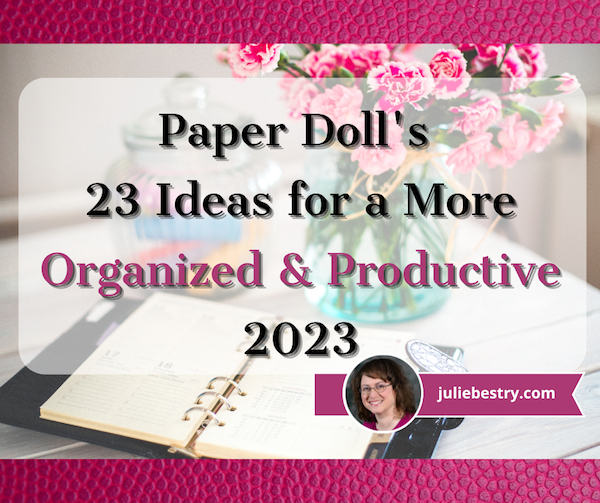
Happy New Year! And welcome to GO (Get Organized) Month 2023, where we celebrate efforts to make our spaces more organized and make ourselves more productive.

We in the National Association of Productivity and Organizing Professionals (NAPO) love this opportunity to help you make this year your best. To that end, today’s post offers up 23 ideas for achieving what you want this year in your space, schedule, and life.
CREATE A FRESH MINDSET
1) Learn last year’s lessons to build next year’s success.

You were probably super-busy last week, but I encourage you to read the final Paper Doll post of 2022. (Trust me, it was a good one!)
Organize Your Annual Review & Mindset Blueprint for 2023 is full of questions and resources for figuring yourself (and your last year) out.
I often joke to clients that while I’m not a mental health professional, I am like a marriage counselor between you and your stuff. Well, last week’s post is like a cross between a therapy session and a deep dive with your BFF. It rejects the demoralizing proposition of resolutions in favor of creating a fresh, motivating mindset for the coming year, whether with a word, quote, or motto of the year, and uses signage, a vision board, or a music playlist to keep your eyes on the prize that is your new and improved life.
2) Don’t take my word for it. Listen to James Clear.
If you’ve been paying attention to the news in the “habit” realm at all in the last few years, you know that James Clear wrote Atomic Habits: An Easy & Proven Way to Build Good Habits & Break Bad Ones, a book that takes the research of habit researchers (like Charles Duhigg in his The Power of Habit) and makes it all actionable.
Paper Doll Helps You Get By With a Little Help From Her (Brilliant) Friends

I love sharing my expertise and research with you about a wide variety of topics, from getting more (of the right things) done to conquering toxic productivity to accessing and organizing vital documents.
Although I’m a generalist in my professional organizing practice, I specialize in blogging about organizing paper and information and boosting productivity. But that doesn’t mean that’s all you want to hear about. After all, man (and woman) cannot live by bread alone. We also need cheese. (In Paper Doll‘s case, lots and lots of cheese.)
As a Certified Professional Organizer®, member of NAPO, and Evernote Certified Expert, I get to hobnob with other likeminded specialists, learn from them, and share their knowledge with you. Today, I’ve got a cornucopia of resources for making your life, family, and world run a little more smoothly.
LATE, LOST & LAGGING: UNDERSTANDING ADHD & EXECUTIVE FUNCTIONING
October is ADHD Awareness Month.
As recently as a few decades ago, people lacked a clear understanding of ADHD. If they thought about it at all, they considered it as something that only impacted little boys, that it was about being rambunctious and intentionally (or rebelliously) inattentive, and that it was something people grew out of. It was rarely acknowledged as something that impacted women and girls, and most people, if they considered it at all, thought it was something kids grew out of.
Now, we know more. We know that ADHD is a brain-based disorder, a neurological condition that affects people across all ages, genders, and socio-economic and cultural areas. (It’s diagnosed two-to-three times more often in boys than girls, but that may be because the expression of ADHD in girls can be less disruptive, which says more about socialization norms and pressures than it does about ADHD.)
ADHD impacts the lives people across all levels of education and intelligence. Willful ignorance about ADHD expresses itself in all levels of education and intelligence, as well.
I once worked with a client for whom her late-in-life diagnosed ADHD had caused distress throughout her life, and the emotional abuse inflicted on her by her physician spouse, who refused to “believe” in ADHD, was both eye-opening and frustrating as we tried to implement solutions. (Yes, Dr. Shouty-Dude, ADHD is real, and no, you can’t “conquer” it by having more “diligence” and “willpower.” Grrrr.)
If you or someone you know has ADHD or other challenges with executive functioning, ADHD Awareness Month is a great opportunity to learn more, and I’ve got a great webinar resource for you.
My NAPO colleague, ADHD Student Coach Leslie Josel of Order Out of Chaos, is one of my absolute go-to experts when I have a question about ADHD and executive function.
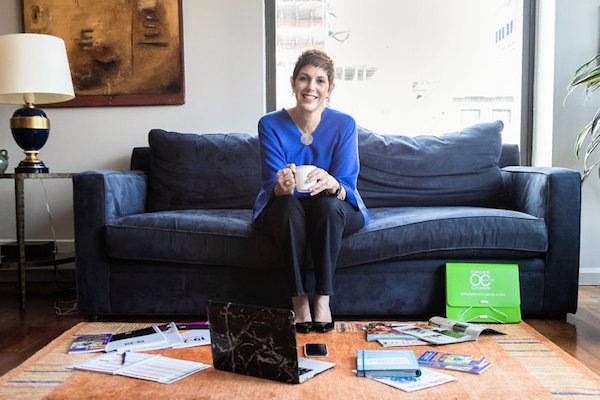
If Leslie’s name sounds familiar (and it should), it may be from the post Paper Doll Peeks Behind the Curtain with Superstar Coach, Author & Speaker Leslie Josel, where we talked about her multi-award-winning Academic Planner: A Tool for Time Management, which is celebrating its tenth anniversary,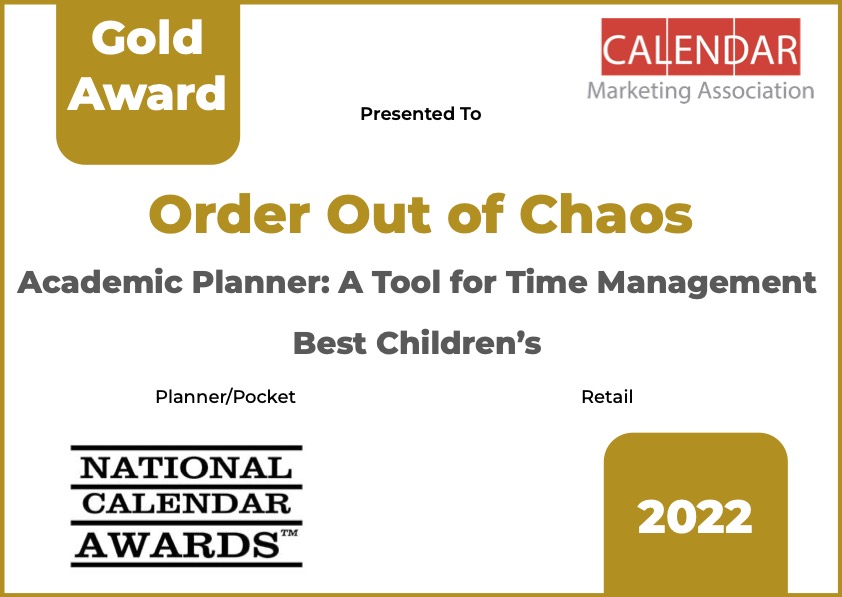
and her book, How to Do It Now Because It’s Not Going Away: An Expert Guide to Getting Stuff Done, which helps middle school, high school, and college students overcome academic procrastination and better manage manage time and study skills.
Organizing A Fresh Start: Catalysts for Success

[Editor’s note: This post originally appeared on September 26, 2022. Rosh Hashanah will not be until October 2 in 2024, and changes each year, as the holiday is dependent upon a lunar calendar. The remainder of the content of this post is still accurate.]
As I go to press on this post, it’s about to be Rosh Hashanah, the Jewish New Year. (We’re going into the year 5783, though as the old joke goes, I’ll be writing 5782 on my checks for weeks.)
What I always liked about the idea of the Jewish New Year was the opportunity for a fresh start. Sure, in Western culture, we already have one (in either August or September, depending on your part of the country) with the beginning of a new school year. That always brings new clothes (and the jettisoning of old ones), new school supplies (especially brand new crayons and notebooks), and new opportunities.

Apples & Honey photo by Igal Ness on Unsplash
One of those opportunities, especially as we all got older (moving from elementary school to middle school, or middle school to high school) was that we could create ourselves anew, be seen as a different kind of person.
Let’s say you’d had a reputation as a goody two-shoes; you could make yourself over as a bit of a rebel. A ne’er-do-well punk could become an athlete lettering in varsity track. An academic washout could study a trade, and a beauty school dropout could rejoin the old gang. (Any resemblance to the plot of Grease is purely coincidental.)
But if you found yourself slipping back into old habits (messy lockers, messy friendships, messy study habits), the clean slate of a new year in the guise of a millennia-old religious and cultural tradition sure could be appealing. And if the start of the school year didn’t keep you on the straight-and-narrow toward a more perfect version of you? Well, Rosh Hashanah offered another shot.
And if that didn’t work, well, the new calendar year was only another 90 days or so away.
FRESH STARTS FOR THE NEW YEAR(S)
The best known annual fresh start is January 1st; worldwide, people explore New Year’s resolutions, to various degrees of success. Indeed, because of the difficulty of maintaining adherence to wholesale changes in one’s self, I often encourage alternatives to resolution making, like having goals, themes, phrases, or words of the year, such as those I wrote about in:
Review & Renew for 2022: Resolutions, Goals, and Words of the Year
Organize Your Life: The Truth About Resolutions, Goals, Habits, and Words of the Year
That said, some people still hold to the idea of making big changes when there’s a marker on the calendar to do so. If that’s you, I recommend reading what my colleagues and I have had to say at:
Join The Resolution Revolution
New Year’s Resolutions: Professional Organizers Blog Carnival
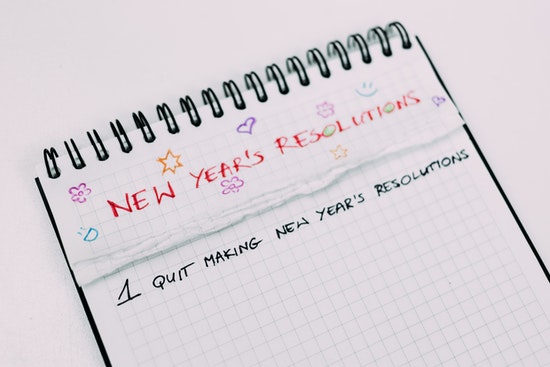
And, of course, your annual fresh starts aren’t limited to the new calendar year, new school year, or Rosh Hashanah. Worldwide, particularly in East and Southeast Asian nations and cultures, there are numerous religious and cultural new year’s observations, and you could choose any of those to give yourself a burst of inspiration.
Because lunar calendars (similar to the ones that make the Jewish holidays like Rosh Hashanah and Hanukkah bounce around the Gregorian calendar) are measured differently from what we use, these holidays don’t sync up to January first, nor do they fall on the same Gregorian calendar date each year.

These include:
- Chinese New Year — between late January and mid-February
- Lunar New Year (in Vietnam and other Southeast Asian nations) — between late January and mid-February
- Seollal (Korean New Year) — January or February, on the second new moon after the winter solstice
- Tết Nguyên Đán/Spring Festival/Lunar New Year/Vietnamese Lunar New Year — late January to mid-February
- Nyepi (Balinese New Year) — March
- Nowruz (Persian/Iranian New Year) — between March 19th and 22nd
- Aluth Avurudda (Sinhalese New Year) — April 13th or 14th
- Puthandu (Tamil New Year) — follows the spring equinox and generally falls on April 14th
- Willkakuti (Andean and Amazonian New Year) — June 21st
- Mayan Aboriginal New Year — mid-July
- Diwali (Marwari and Gujarati New Year Day) — mid-October to mid-November
- Raʼs as-Sanah al-Hijrīyah (Islamic New Year) — early July to late August
- Australian Aboriginal Murador New Year
As you can see, there are year-round “New Year’s” observations, if you’re looking to get a bit of institutional support for your new beginnings.
The meanings behind these holidays are as varied as the cultures from which they derive. Some focus on joy and celebration, others on introspection and focused self-improvement. The point is not to suggest that you necessarily observe religious or cultural New Year’s holidays or festivals, and certainly nobody should indulge in cultural appropriation.
Rather, consider these as inspirational opportunities to forgive yourself for any backsliding, identify ways you can tweak your efforts, and give yourself a motivational pep-talk.
FRESH STARTS EVERY QUARTER
If you work in the corporate world, you’re probably used to buzzwords about splitting the year into quarters. “Let’s ramp this up in 2Q!” or “We’re looking at projections for fourth quarter.” The year is carved into four 12/13ish week quarters with new collaborative goals structured into that temporal space.
Indeed, Brian Moran’s best-selling book and website, The 12-Week Year, is focused on the idea of setting shorter-term goals quarterly instead of annually. Rather than trying to transform yourself in a binary way, from “not this” yesterday to “this” today, this program posits that there’s an advantage to carving the year up into shorter 3-month blocks vs. trying to make changes on an annual basis.


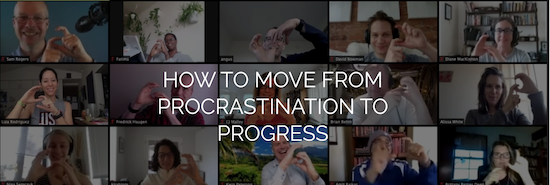
 Create an account and then book a session for the time you want, and at the appointment moment, you join a video call. New sessions are available every 15 minutes, so if you’re feeling the need for support, you won’t have to wait long, even on weekends or in the evenings.
Create an account and then book a session for the time you want, and at the appointment moment, you join a video call. New sessions are available every 15 minutes, so if you’re feeling the need for support, you won’t have to wait long, even on weekends or in the evenings.

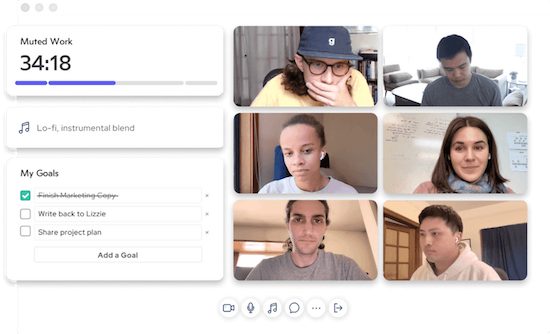
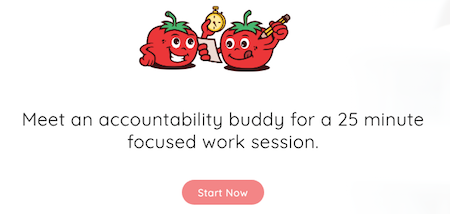
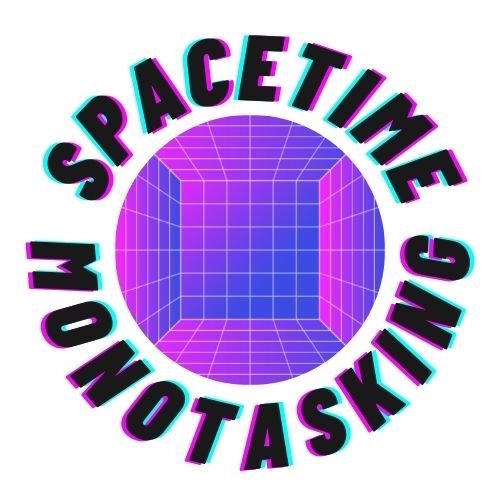



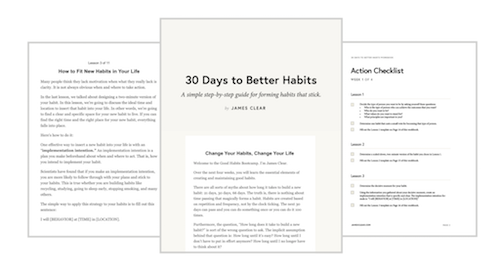
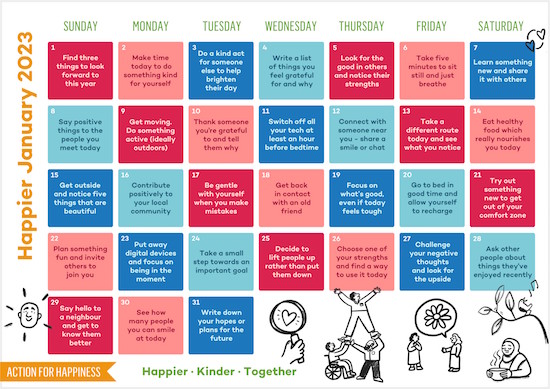
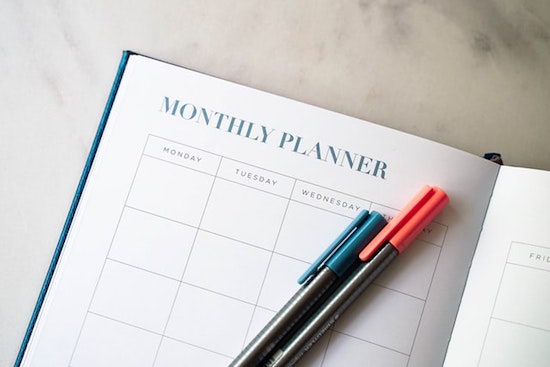

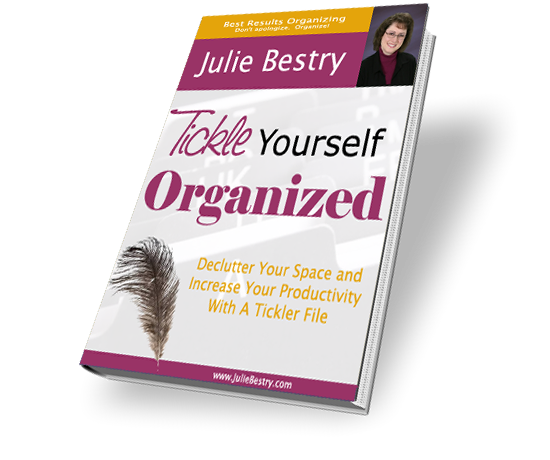

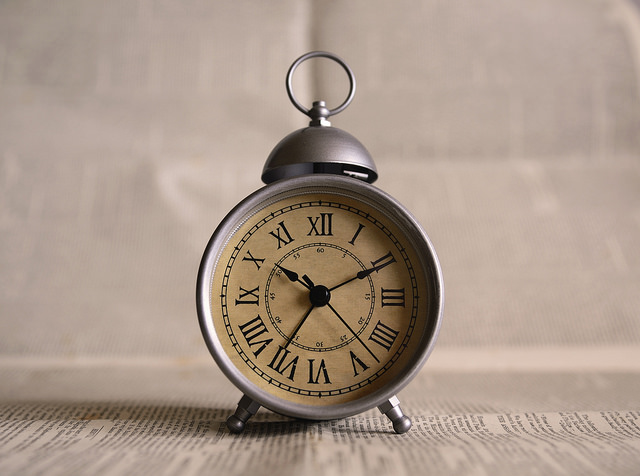


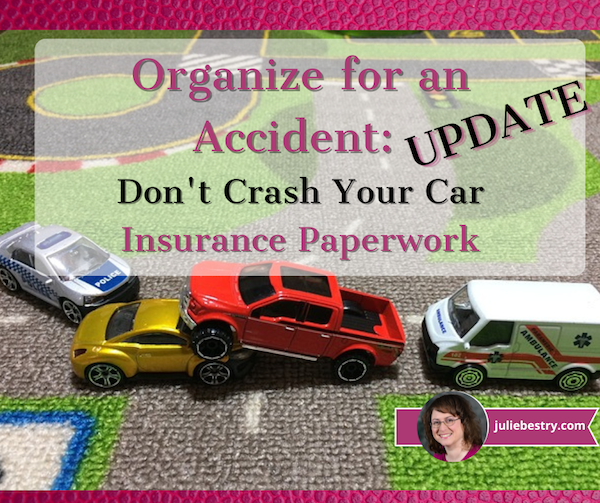

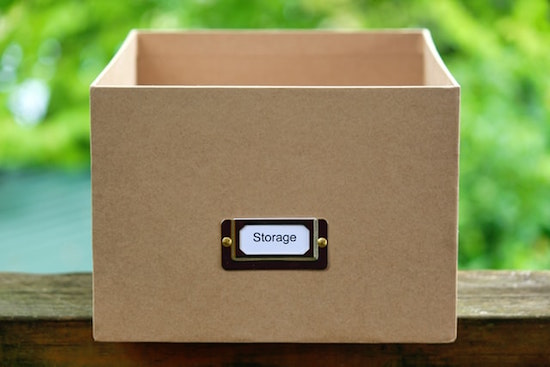


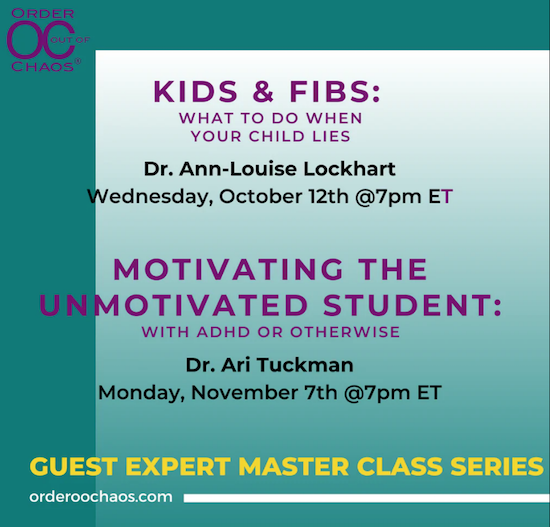




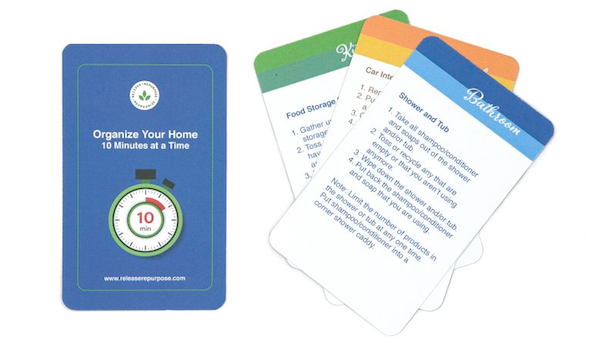
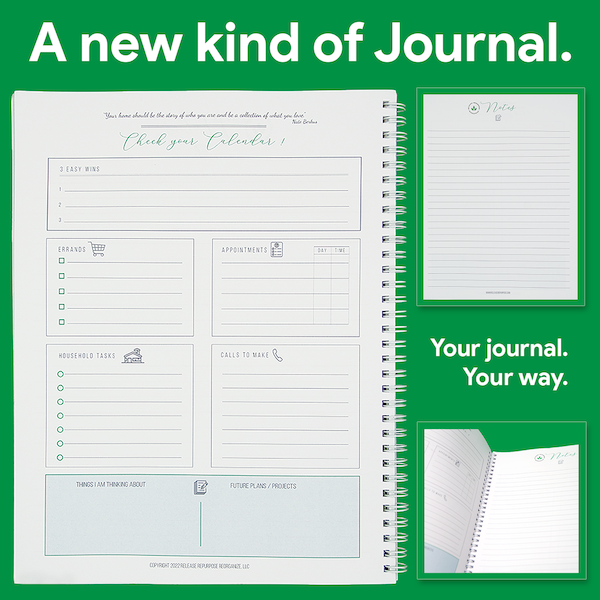

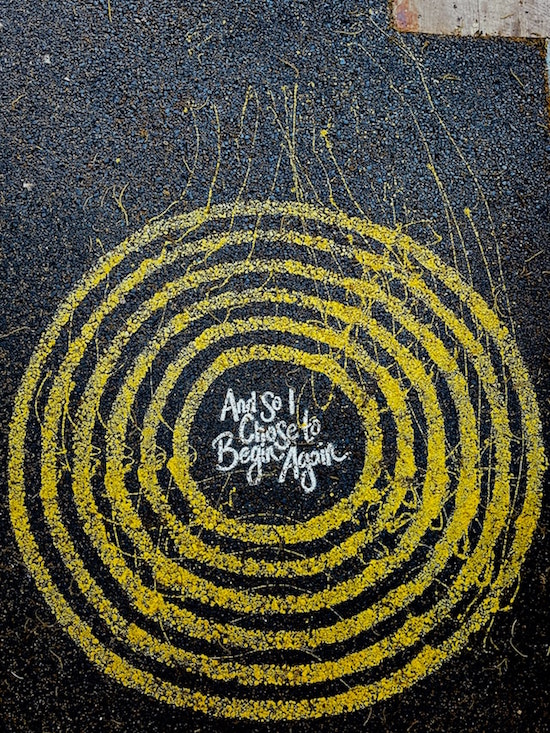



Follow Me